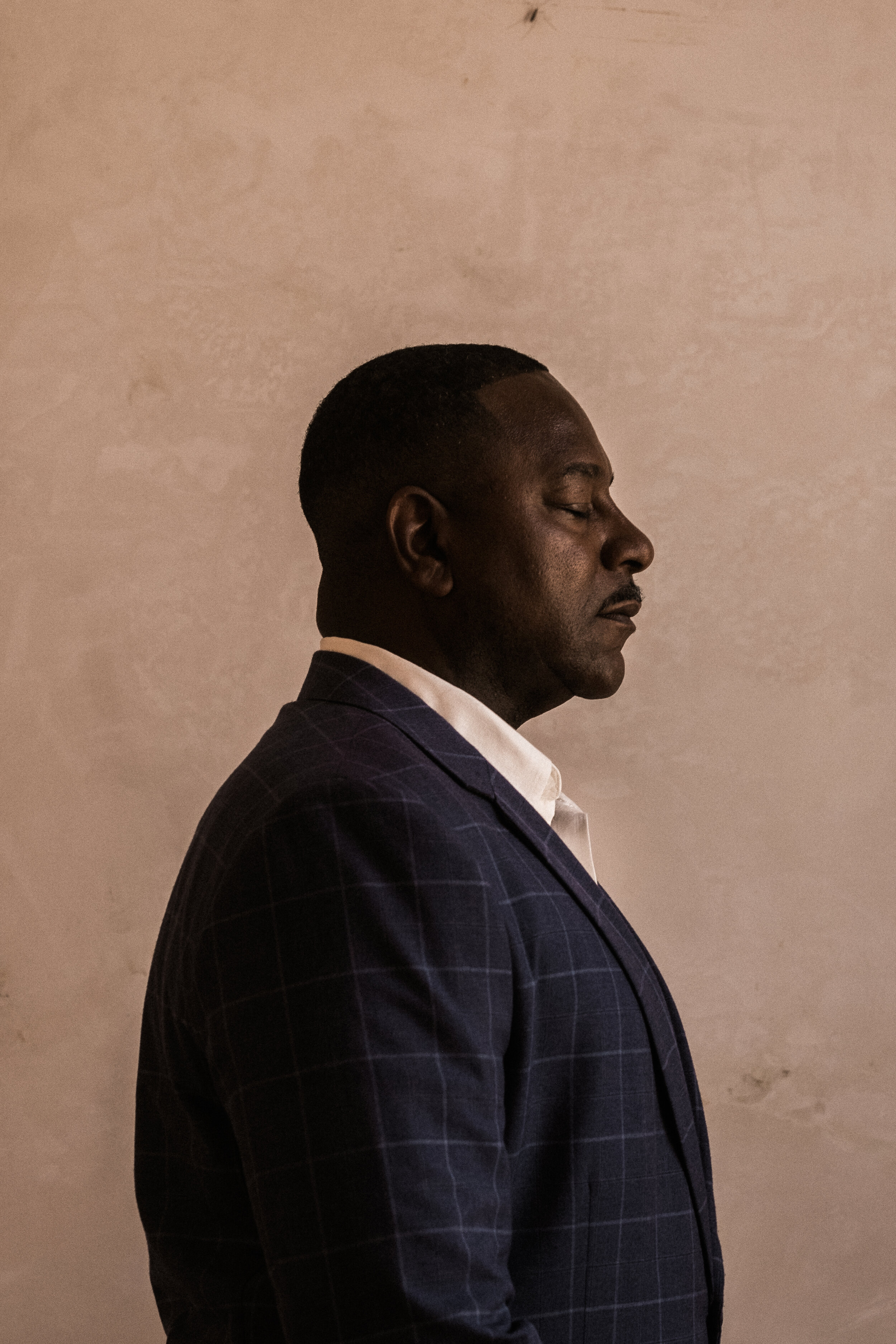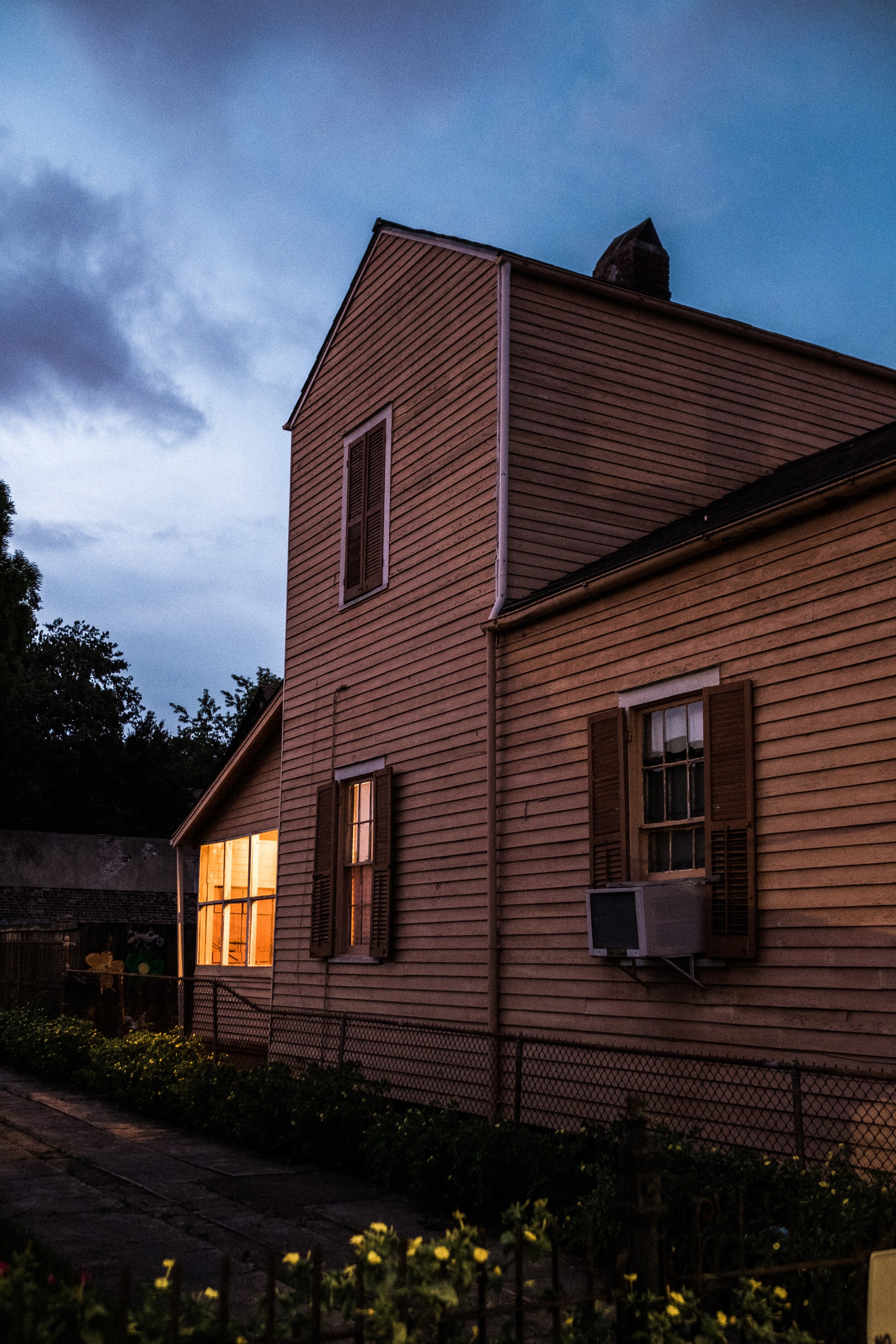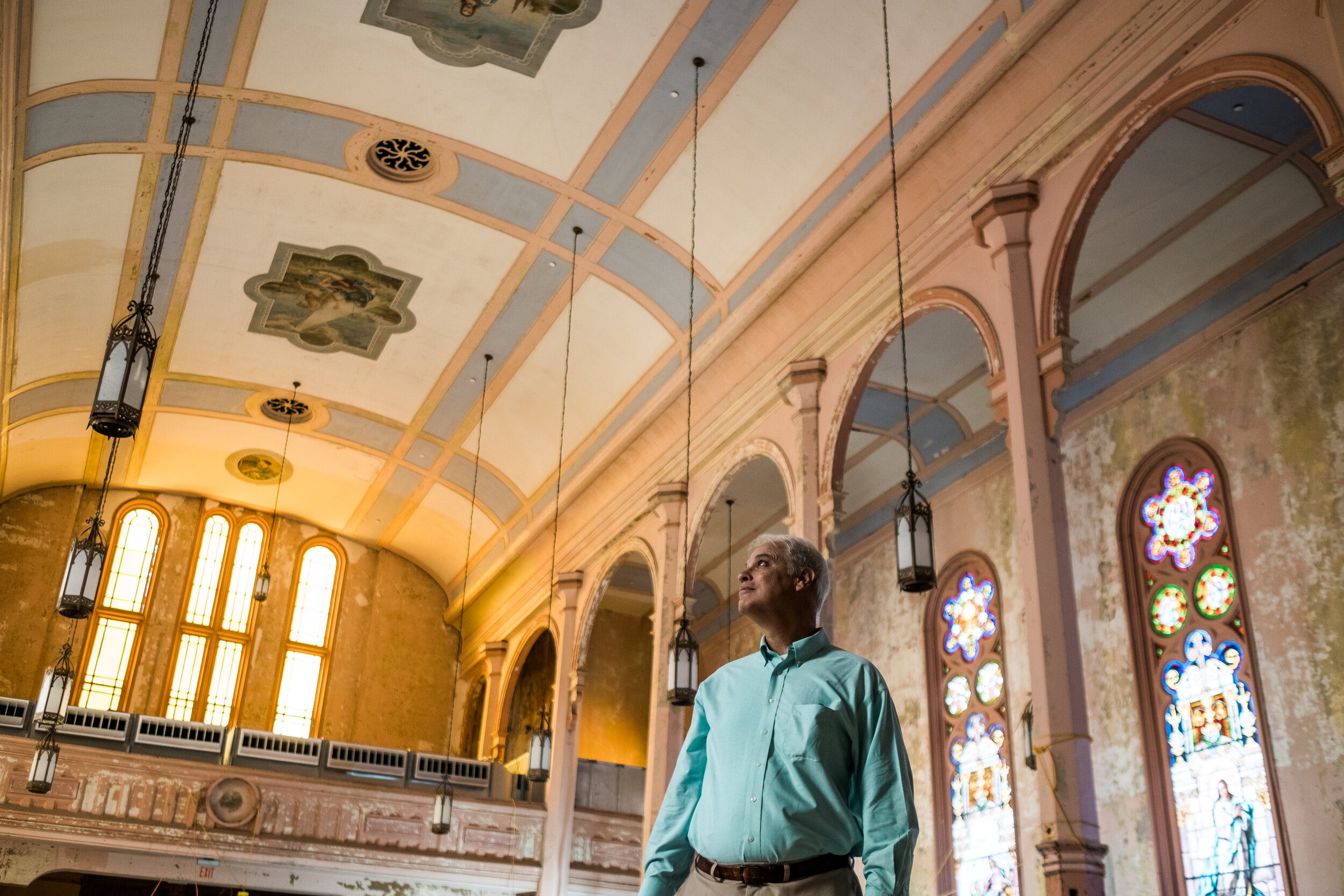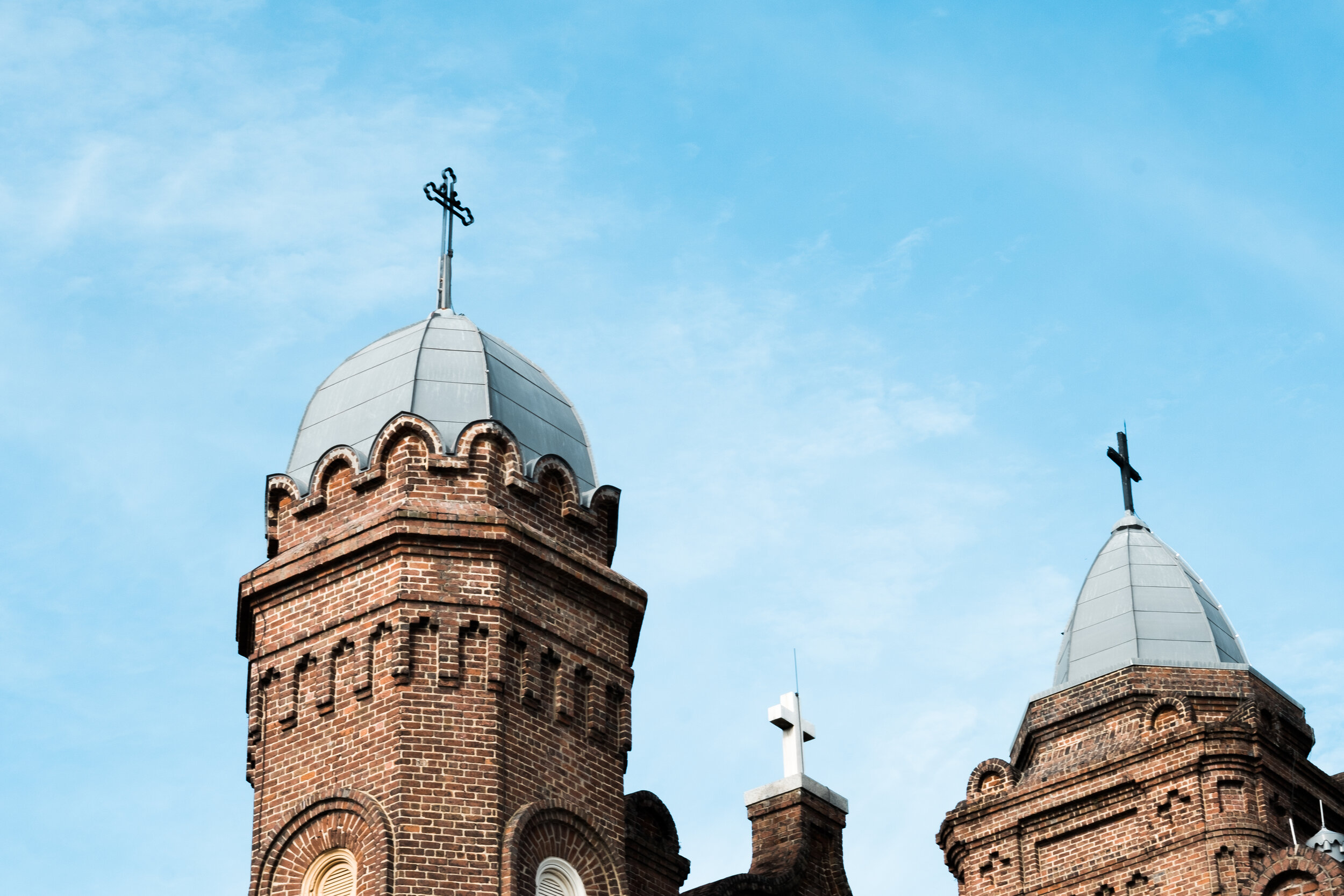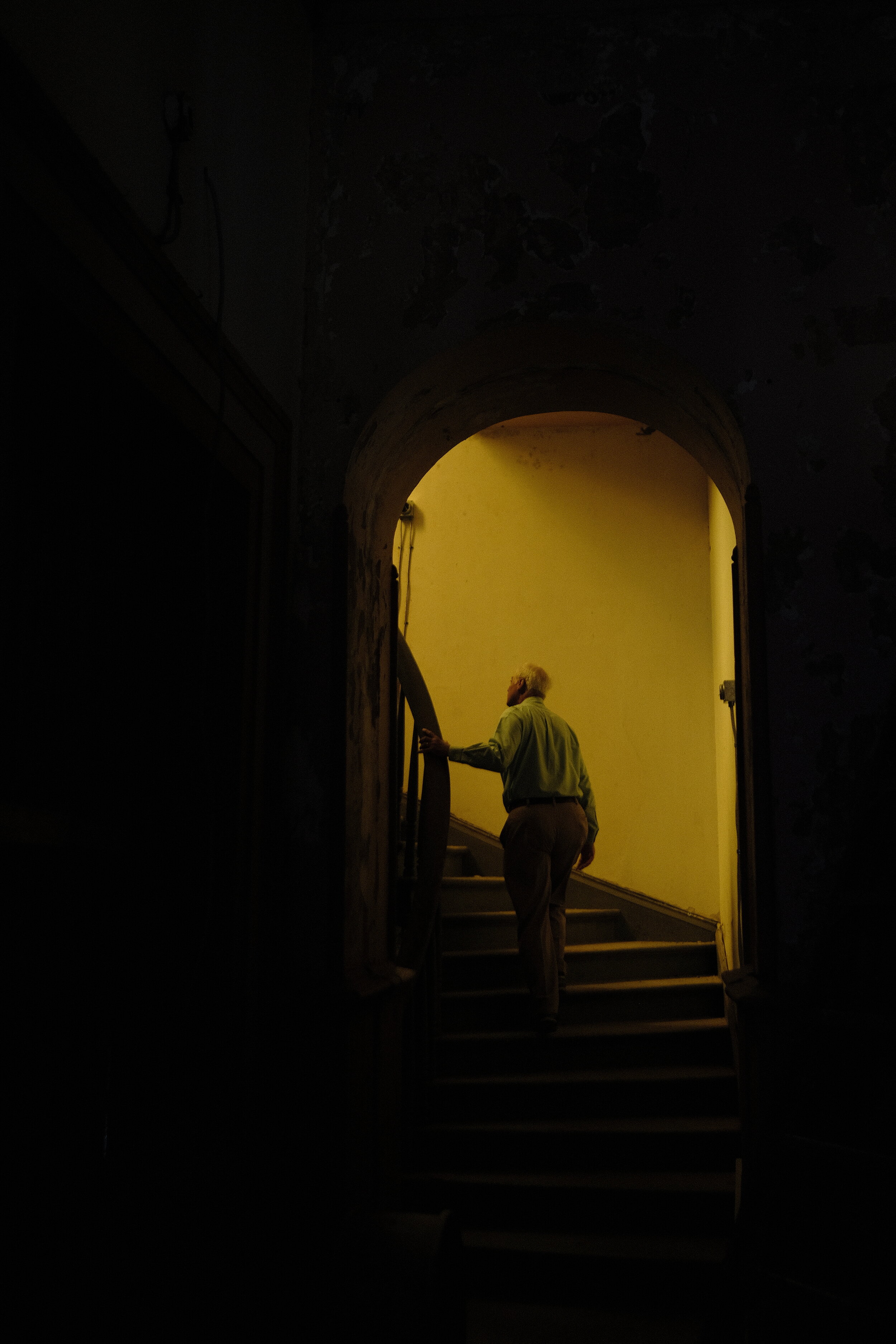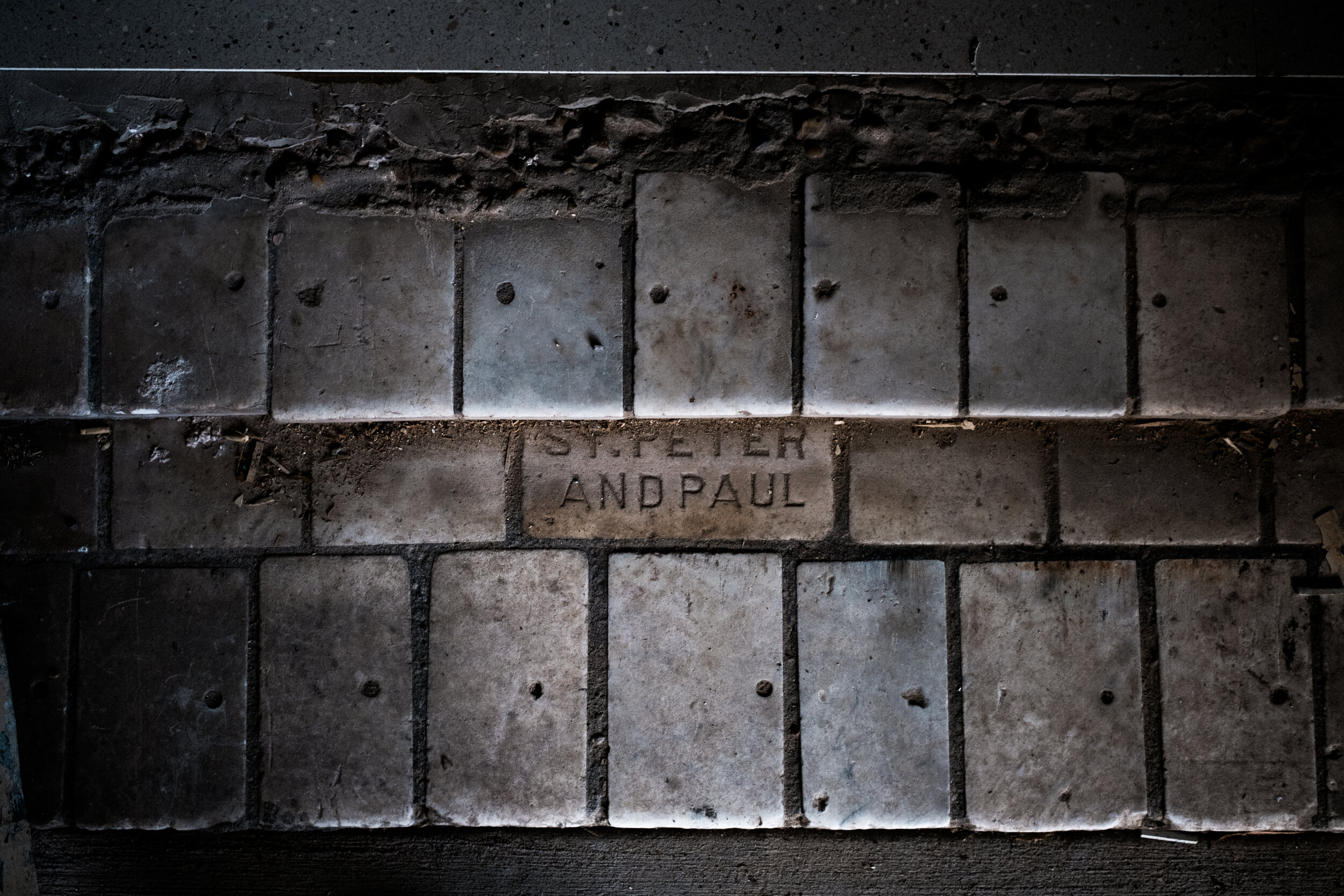Essay
New Orleans and the Memory Hotel
by Tyler Jones
Narrative Placemaking comes alive in a city that lives among its saints
The old sanctuary was under construction, but we weren’t leaving until we found the trap door. It was August in New Orleans and, despite the crosses and stained glass, it was hot as hell.
We were there to film inside the former church and school known as Saints Peter & Paul, nearing the end of its four-year restoration into Hotel Peter & Paul.
Phil was our guide, a former student and custodian who claimed to know where the bodies were buried, which he’d been shown by a priest decades ago. After finding a hole in the hardwoods, we realized that whoever had been in the crypt was long gone, but what remained was just as tangible: Memory.
Often, when our studio collaborates with real estate developers and architects, the notion of nostalgia gets brought up as an intangible marketing aspiration. But since this project in New Orleans, I’d suggest that memory is more powerful and the key to unlocking a narrative approach to placemaking.
Hotel Peter & Paul is a 71-room boutique hotel in the Marigny, a vibrant New Orleans neighborhood with no shortage of story material. Rooms span the historic schoolhouse, rectory, and convent, with the church serving as a venue space (see before and after photos).
Local resident Nathalie Jordi developed the hotel with ASH, and she was remarkably persistent to earn the community’s trust and support. One effort was to produce oral histories as a way to honor those who grew up in and around Sts. Peter & Paul.
This led to The Holy Ghosts, a multimedia story series we developed that chronicles the memories of five individuals with deep ties to a place they’ve seen evolve from sacred site to abandonment to a present-day hotel.
The resulting stories, including Phil’s trap door, may provide visitors with a deeper sense of perspective on why this is a special place. A place with inherent memory that, as one congregant described, is “not what you see, but what you feel.” Isn’t this what draws us all to certain places?
Place-based storytelling can profoundly elevate a brand or experience design, but it takes time and intentionality. As we reflect on how to do a better job of that, here are a few findings from our work on The Holy Ghosts:
"In architecture, narrative prioritizes human experiences and the need to shape them into stories. The enduring attraction of narrative is that it offers a way of engaging with the way a city feels and works.
-Nigel Coates
Be ready for real
With authenticity comes real life, so some of the stories we share include topics like gentrification, race, and even murder. Not exactly your sugar-coated promo, so I credit the developers for being courageous and open.
Responsibility to be respectful
Anytime we go into another culture, especially with a camera, our first priority is to ensure we are being respectful with how the stories are gathered and later presented. If people feel exploited, the integrity of the work is compromised.
Place-based storytelling is immersive by nature
By framing a place through the lens of storytelling, you invite new modes of discovery, curiosity, and experience. Our imaginations come alive when we consider: This place may have something to tell me.
Content can aim so much higher than drone footage of a building. When tethered to memories (whether sourced from the land, from the people involved, or from the community at large), content can actually form a narrative experience that is immersive and, ultimately, memory-making.
The experience in New Orleans affirmed our desire to begin with Narrative Placemaking as early as possible in a development’s story. By taking a more journalistic approach in seeking out and mapping memories, I believe that collaborations can ultimately be more consistent, innovative, and reflective of a deeper sense of place.
Contributor
Tyler Jones is a writer, filmmaker, and experience designer from Florence, Alabama. He is a founding member of 1504, where he has directed over 40 multimedia projects worldwide. Today, he leads the studio’s narrative strategy and place-based work in The South.



